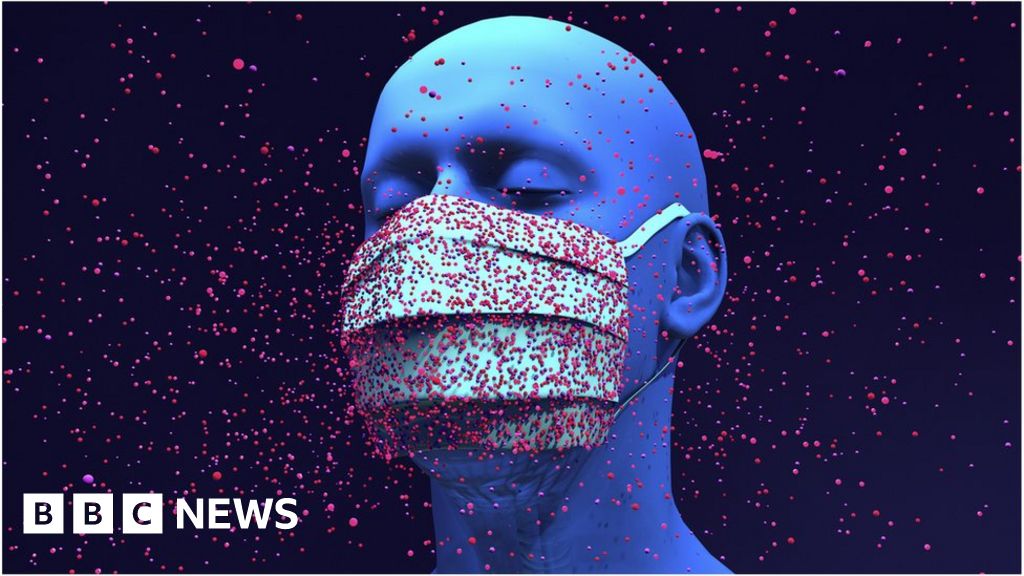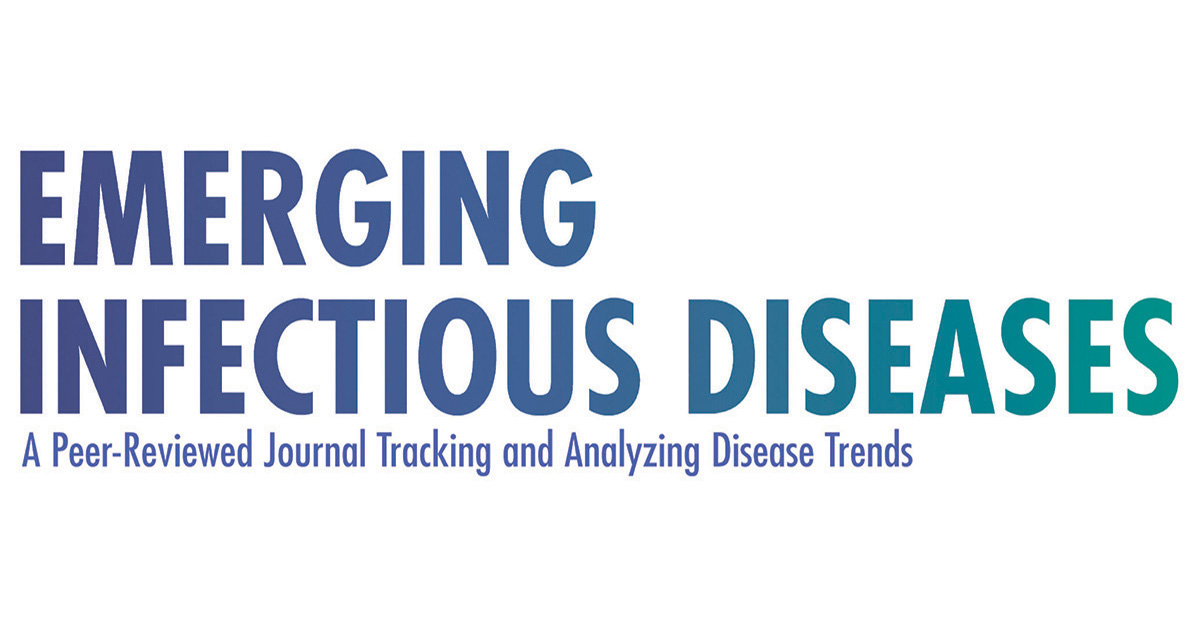- Joined
- Jun 24, 2008
- Messages
- 45,520
- Location
- London
- Car
- 2022 Hyundai IONIQ 5 RWD / 2016 Suzuki Vitara AWD

Coronavirus: Brazil's President Bolsonaro tests positive
The president, who has belittled the risks posed by the virus, took the test after developing symptoms.
www.bbc.co.uk





